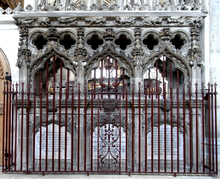
Isabella of France, sometimes described as the She-Wolf of France, was Queen of England as the wife of King Edward II, and de facto regent of England from 1327 until 1330. She was the youngest surviving child and only surviving daughter of Philip IV of France and Joan I of Navarre. Isabella was notable in her lifetime for her diplomatic skills, intelligence, and beauty. She overthrew her husband, becoming a "femme fatale" figure in plays and literature over the years, usually portrayed as a beautiful but cruel and manipulative figure.

Charles IV, called the Fair in France and the Bald in Navarre, was last king of the direct line of the House of Capet, King of France and King of Navarre from 1322 to 1328. Charles was the third son of Philip IV; like his father, he was known as "the fair" or "the handsome".

Exeter Cathedral, properly known as the Cathedral Church of Saint Peter in Exeter, is an Anglican cathedral, and the seat of the Bishop of Exeter, in the city of Exeter, Devon, in South West England. The present building was complete by about 1400 and has several notable features, including an early set of misericords, an astronomical clock and the longest uninterrupted medieval stone vaulted ceiling in the world.

John de Stratford was Archbishop of Canterbury, Bishop of Winchester, Treasurer and Chancellor of England.

Frederick IV, called the Fighter, was the Duke of Lorraine from 1312 to his death.
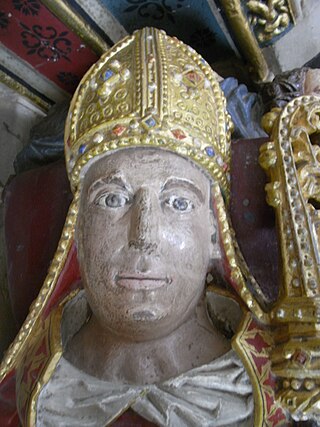
Hugh Oldham was an English cleric who was Bishop of Exeter (1505–19) and a notable patron of education as a founder and patron of Manchester Grammar School and Corpus Christi College, Oxford.

Edmund of Woodstock, 1st Earl of Kent, whose seat was Arundel Castle in Sussex, was the sixth son of King Edward I of England, and the second by his second wife Margaret of France, and was a younger half-brother of King Edward II. Edward I had intended to make substantial grants of land to Edmund, but when the king died in 1307, Edward II refused to respect his father's intentions, mainly due to his favouritism towards Piers Gaveston. Edmund remained loyal to his brother, and in 1321 he was created Earl of Kent. He played an important part in Edward's administration as diplomat and military commander and in 1321–22 helped suppress a rebellion.
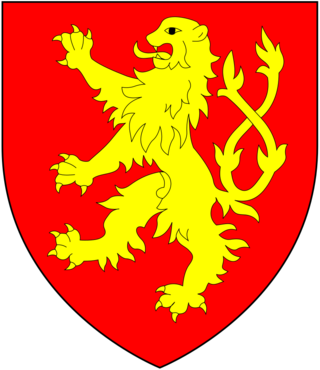
Henry Burghersh, was Bishop of Lincoln (1320-1340) and served as Lord Chancellor of England (1328–1330). He was a younger son of Robert de Burghersh, 1st Baron Burghersh, and a nephew of Bartholomew de Badlesmere, 1st Baron Badlesmere. He was educated in France.
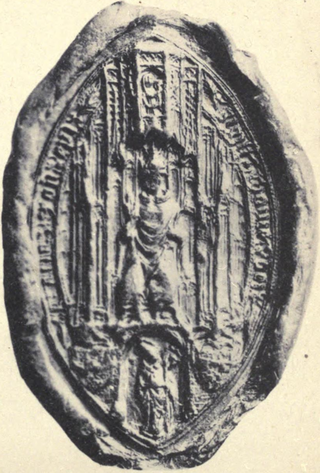
Thomas de Brantingham was an English clergyman who served as Lord Treasurer to Edward III and on two occasions to Richard II, and as bishop of Exeter from 1370 until his death. De Brantingham was a member of the Brantingham family of North East England.
Robert Baldock was the Lord Privy Seal and Lord Chancellor of England, during the reign of King Edward II of England.
Events from the 1320s in England.

John de Grandisson, also spelt Grandison, was Bishop of Exeter, in Devon, England, from 1327 to his death in 1369. Several works of art associated with him survive in the British Library, the British Museum and the Louvre in Paris.
William Ayermin was a medieval Bishop of Norwich.

Valentine Cary, was an English clergyman, who became Bishop of Exeter.

John Charlton, 1st Baron Charlton of Powys (1268–1353) came from a family of minor landowners near Wellington, Shropshire. He was the son of Robert Charlton of Apley castle near Wrockwardine.
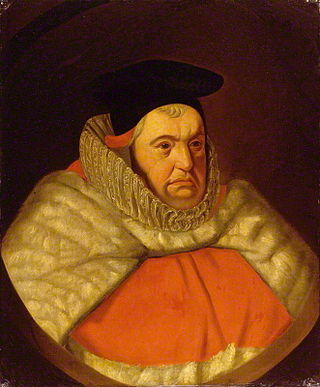
Sir John Doddridge was an English lawyer, appointed Justice of the King's Bench in 1612 and served as Member of Parliament for Barnstaple in 1589 and for Horsham in 1604. He was also an antiquarian and writer. He acquired the nickname "the sleeping judge" from his habit of shutting his eyes while listening intently to a case. As a lawyer he was influenced by humanist ideas, and was familiar with the ideas of Aristotle, and the debates of the period between his followers and the Ramists. He was a believer in both the rationality of the English common law and in its connection with custom. He was one of the Worthies of Devon of the biographer John Prince (d.1723).

The invasion of England in 1326 by the country's queen, Isabella of France, and her lover, Roger Mortimer, led to the capture and executions of Hugh Despenser the Younger and Hugh Despenser the Elder and the abdication of Isabella's husband, King Edward II. It brought an end to the insurrection and civil war.

Sir Hugh Courtenay of Boconnoc in Cornwall, was twice a Member of Parliament for Cornwall in 1446–47 and 1449–50. He was beheaded after the Battle of Tewkesbury in 1471, together with John Courtenay, 7th Earl of Devon, the grandson of his first cousin the 4th Earl, and last in the senior line, whose titles were forfeited. His son Edward Courtenay, 1st Earl of Devon, was created Earl of Devon in 1485 by King Henry VII, following the Battle of Bosworth and the closure of the Wars of the Roses.
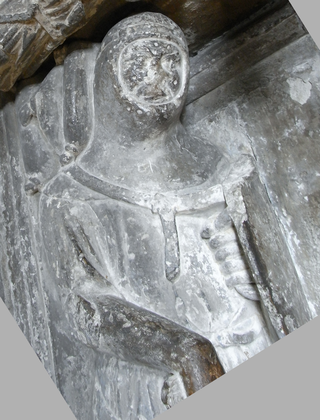
Sir Richard Stapledon was an English judge and politician, the elder brother of Walter Stapledon, Bishop of Exeter. His effigy and monument survive in Exeter Cathedral.
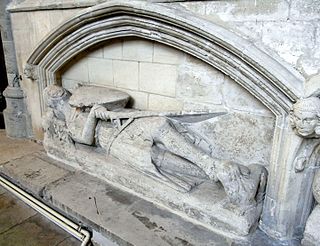
Sir Henry de Raleigh was a knight from Devonshire, England, whose effigy in the form of a cross-legged crusader knight survives in Exeter Cathedral.


